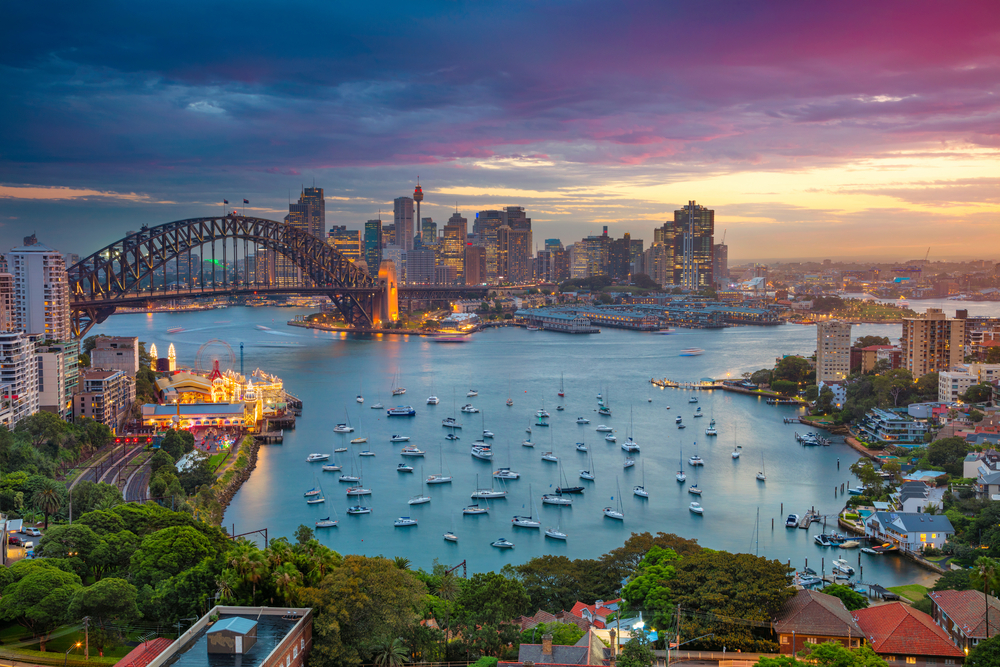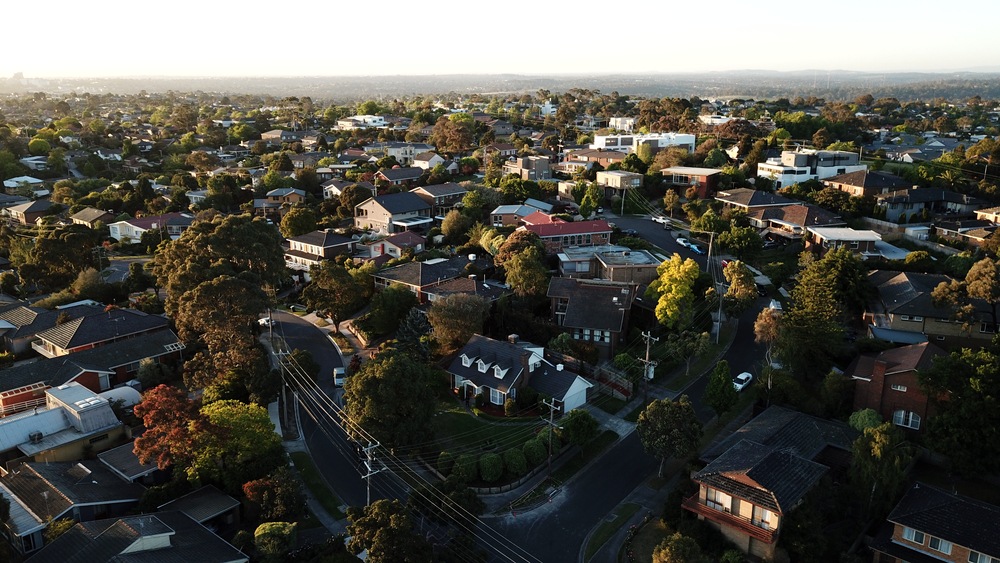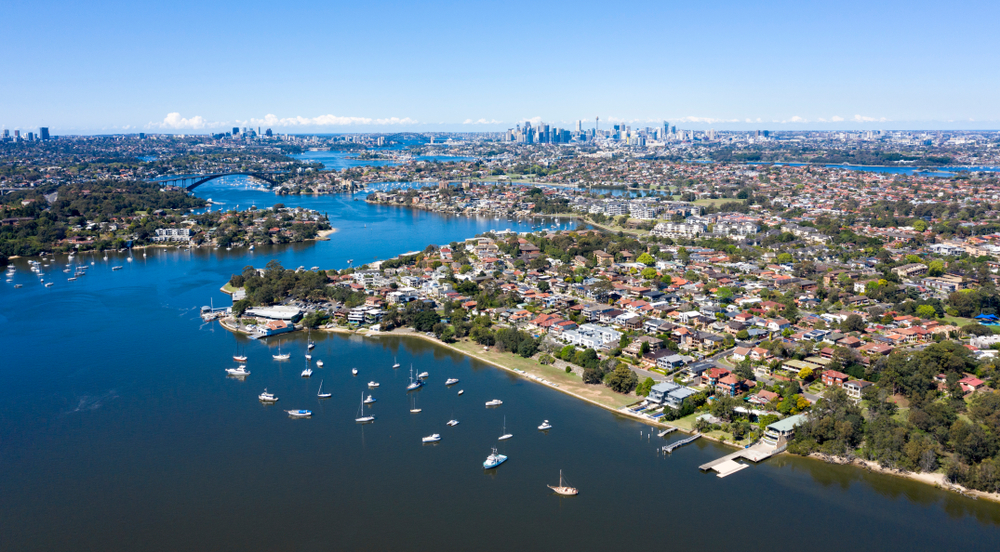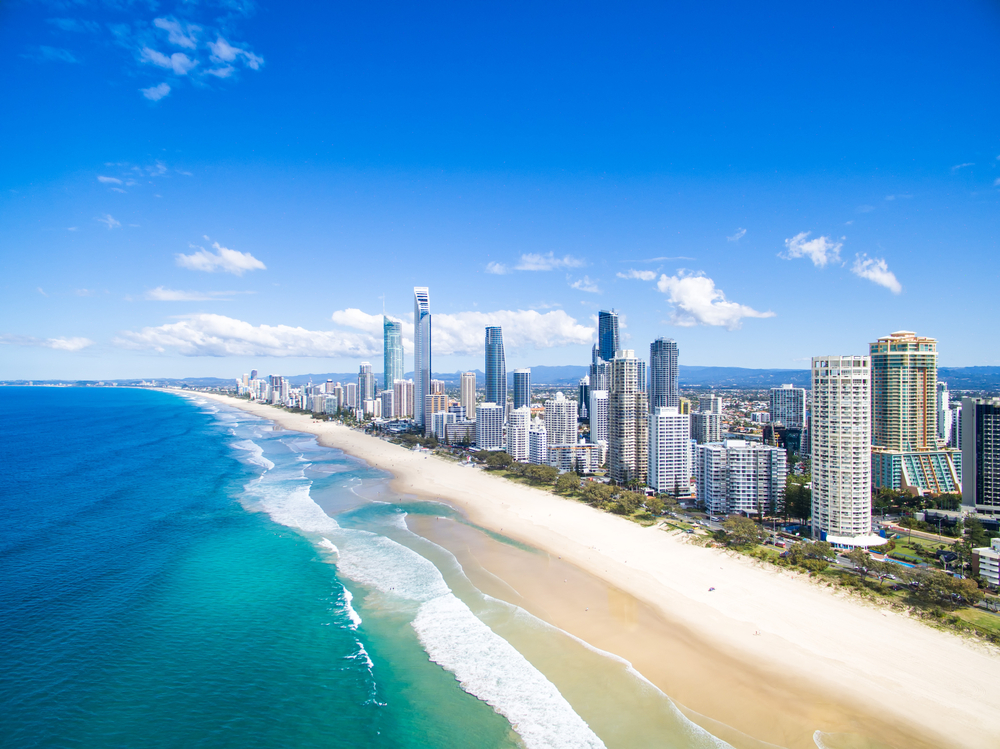Australian property’s rollercoaster: Surging rates, supply shortages
Soaring mortgage payments, unsustainable rent prices, and a shortage of available homes in major cities are putting a serious dampener on the real estate investment scene in Australia

On a recent overcast day in east Melbourne, Thomas Lindeman and his wife snapped up their new home.
At AUD1.6 million, theirs was the winning bid for a property in the suburb of Doncaster, and as they stripped apart the sold sticker and plastered it on the advertisement outside, their faces broke into broad smiles.
“It’s certainly a huge relief. And it’s nice to get the property within the range we were sort of looking at,” says the husband.
The Lindemans had looked at some 75 homes including townhouses, before buying the single-level, four-bedroom home, and might have ended up looking at dozens more had it not been for their ability to pay in cash.
A huge rise in mortgage rates has brought down house prices and put buyers like them—with cash—in a fortunate position. For the vast majority, however, the past year has been painful.
Between April and June, interest rates increased at a speed not seen in 30 years, saddling mortgage holders with crippling debts.
One of those, Andre Lattouf, was having to sell his home a year after buying it due to his mortgage repayments doubling.
“It’s choking us,” he told The Guardian. “It’s frustrating and sad. We spent so much time renovating this place and putting so much into it, but my mortgage repayments have almost doubled and it’s becoming a joke.
In the second quarter of this year, residential sales declined 27 percent on the year as fewer houses came on the market.
In the rental market, Australia saw its lowest share of homes up for rent in 16 years at the end of the first quarter, at 1.4 percent.
In cities like Adelaide and Perth, vacancy rates were at their tightest, at 0.5 percent and 0.7 percent—far from a targeted level of three percent.
In Greater Brisbane and the Gold Coast, the rates were below on percent. Across regional Queensland, they were 1.2 percent.
“Australia’s interest rate is really killing the investment market,” says Benson Zhou, a director at Savills Australia and a member of the PropertyGuru Asia Property Awards (Australia) judging panel.

“The property yield is still around only four or five percent, so it doesn’t make any financial sense,” he adds.
Other experts have offered a similarly bleak picture of the market but believe there’s reason to be more optimistic in the months ahead.
At the start of August, Australia’s central bank held interest rates at 4.1 percent for a second straight month, saying previous rate hikes were helping to cool demand.
While it couldn’t rule out a further tightening to curb inflation, many see the rate hold as a good sign.
“Our view is that the rate hiking cycle has peaked. However, it’s not likely we will see interest rates coming down until next year, probably through the second half of next year,” says Tim Lawless, Research Director at CoreLogic, a consultancy.
So, what does this mean for the property market?
Despite interest rates staying stubbornly high, prices have since risen as an expected supply of housing stock were yet to materialise by September, making it harder for buyers to negotiate on new properties.
According to CoreLogic, property prices rose in August while major banks are predicting further gains of about seven percent in the next 18 months. But much of that depends on whether more houses come on the market. The question is whether they are likely to.
Throughout July in Sydney and Melbourne, new listings were up around nine percent in each city, which is a good sign. But there remain significant challenges to supply ahead.

The government approved 520,911 student visas in the last financial year, a new high.
“The first wave of [Chinese] buyers this year consisted of students who needed urgently to move to Australia to complete their studies in person,” says the co-founder of a high-profile Asian and Chinese international property portal.
Australians are entitled to ask how they can find a home as inflation drives up mortgages and rent prices become unsustainable, yet the federal government has presided over an intake of international students who filled the equivalent of seven out of 10 new homes
“Students have also been joined by Chinese families who lived in China during the last three years, many of whom already had Australian permanent residency,” he adds.
According to the Institute of Public Affairs, international students took up 70 percent of the net new housing units supplied to the market, leaving just 30 percent for the rest of the country, including other new migrants.
The situation is only set to get tighter as the government is expected to bring in a further 187,000 net new international students, equivalent to 55 percent of the new housing supply
“Australians are entitled to ask how they can find a home as inflation drives up mortgages and rent prices become unsustainable, yet the federal government has presided over an intake of international students who filled the equivalent of seven out of 10 new homes,” says IPA executive director Daniel Wild.
Wild added that the government has not “a single policy solution” to deal with the crisis and that it is “coming at an immense cost to Australians.
Adding to supply fears are the woes of one of China’s biggest developers, Country Garden Holdings, which has a local subsidiary.
Country Garden has joined other major Chinese developers thought to be preparing a debt restructuring process—others include China Evergrande Group and Sunac China Holdings— after its shares hit a record low in August.

It comes after the developer warned it could report a loss of up to USD7.6 billion for the first half of the year and apologised to investors for misjudging market conditions.
Already other major Chinese developers such as Poly, Greenland, Yuhu, and Dalian Wanda have all either exited or downsized their Australian interests in the past few years.
Benson Zhou from Savills suspects some of this might be driven by Beijing to shore up China’s stalling economy, which has seen youth unemployment rise and its own housing market slump.
“I think overall the Chinese government is just trying to see money return to China, and reinvested back in China,” he says. “Obviously, they won’t tell you that, and I’m just guessing, but that’s what I think.
CoreLogic’s Lawless says: “The medium-term outlook for housing supply remains an undersupply. Although the National Cabinet announced an ambitious goal to build 1.2 million new well-located dwellings over the five years commencing July next year, the reality is new housing supply is going to take some time to deliver.”
How China and the US’s economies fare in the months ahead will also be critical to determining Australia’s direction.
The US has bucked predictions of a crash and appears to be prospering. Wages are strong and inflation is coming down.
Many investors are looking to see if the Chinese government will put prudence aside and start spending.
“If, in fact, China doesn’t do a lot of stimulation, that’s going to have a negative impact on what happens locally in Australia,” says Martin North, an analyst at consultancy Digital Finance Analytics.
“We’re caught in the middle now. Our major trade partner is China but our major power of influence is the US.”
This article was originally published on asiarealestatesummit.com. Write to our editors at [email protected].
Recommended
Why everyone is moving to Selangor and Johor: Malaysia’s real estate comeback
Malaysia’s upturn in fortunes is especially prevalent in secondary destinations such as Selangor and Johor
Penang’s silicon boom: How the US-China tech war is supercharging local real estate
Penang’s booming semiconductor industry has created ripples within the local real estate sector
New leader, new opportunities: How Hun Manet is shaking up Cambodia’s real estate game
Hun Manet is overseeing decent economic growth and widening access to the country’s real estate market for foreigners
Singapore embraces inclusive housing reforms amid resilient demand
The Lion City’s regulatory strength continues to exert appeal for international investors








